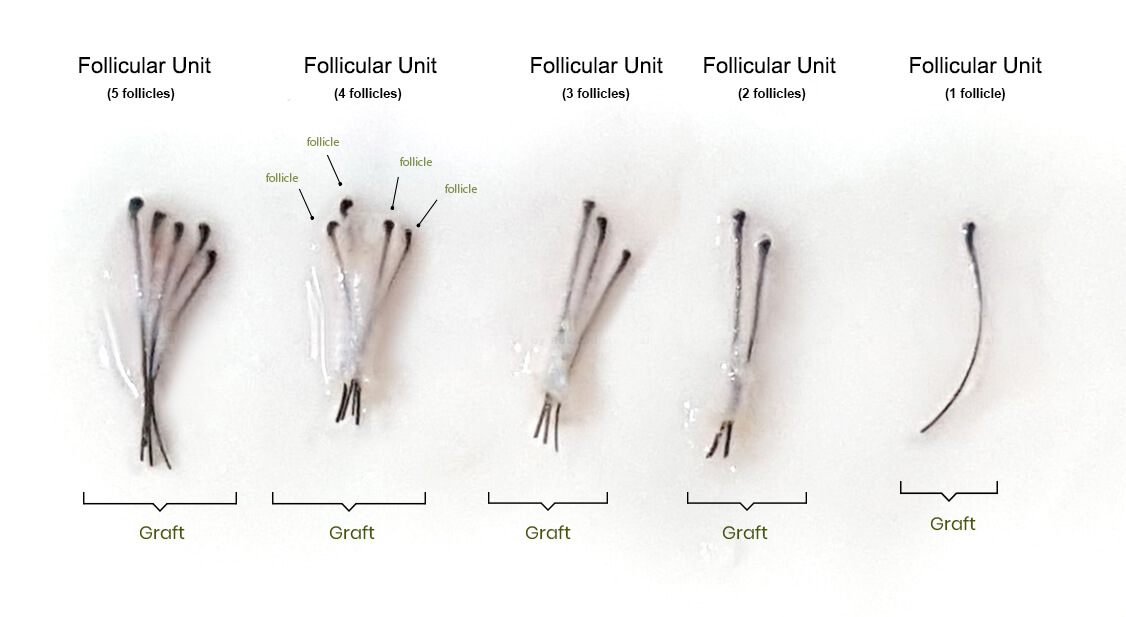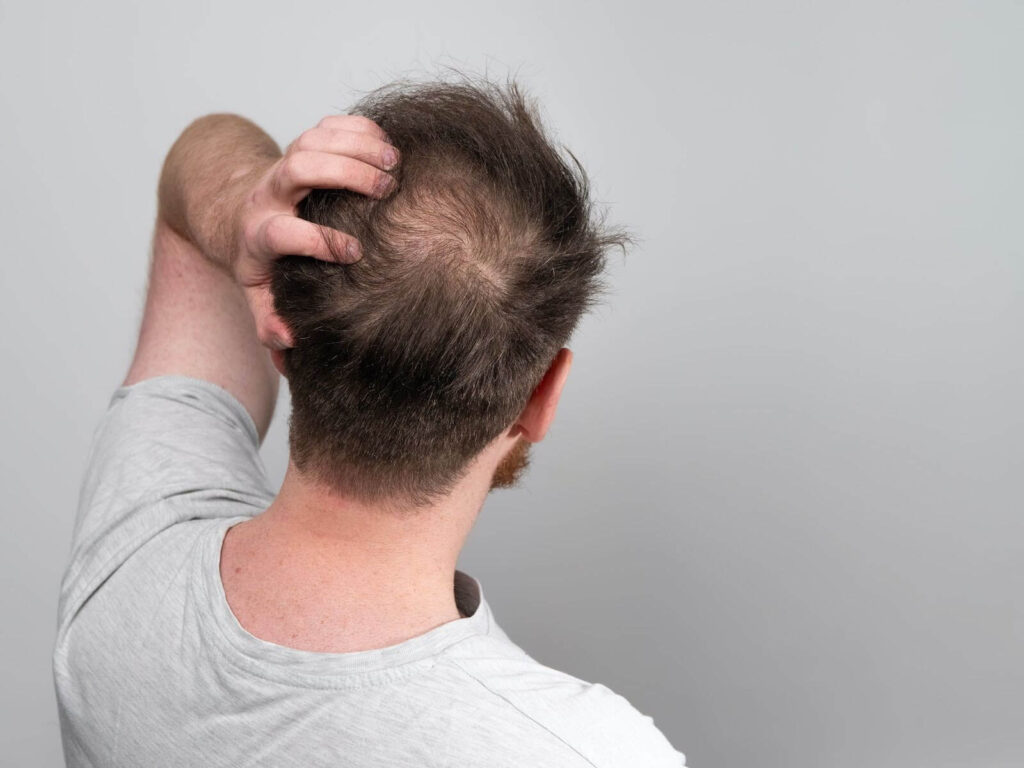If you are frustrated by hair loss and want to find a way to replace your hair, you’re in luck. Modern medicine gives you better options than ever before. In fact, medical technology has advanced so much that you may not be familiar with the current terminology.
To help you through the thicket of terms such as hair plugs vs hair transplants, hair implants, follicular unit extraction, and hair transplantation, this brief guide is for you.
Hair Plugs and Hair Transplants: Then vs. Now
Hair Plugs
The term “hair plug” is outdated in the medical world, but it still prevails in common language. A hair plug is essentially a small round piece of scalp that gets removed or punched out from the back of your head. Each plug contains 20 or so individual hairs. In a transplantation method dating back to the 1950s, these pieces would then be “plugged” into the balding area of the scalp.
Note that hair plugs are not fake hair. They are made from your own real hair. However, they resulted in a “fake” appearance due to their size and the gaps in between. You might compare the hair plug look to rows of pansies planted at the entrance of a neighborhood – too evenly spaced and regular to look naturally-grown. Another good comparison is the hair on a Barbie doll, which has that distinct plug-like look.

Hair Implants
The term “implant” is often falsely used when people refer to hair transplants. But what an implant really means is the insertion of fake, synthetic hair into the scalp. Given the long time it takes for your hair to grow, the idea of implanting strands of already long hair has a certain appeal, particularly for women.
However, the pros and cons of synthetic hair implants are nothing to concern yourself about, since they are banned in the United States, given the risk of infection and inflammation. They are not FDA-approved, and given that modern hair transplants are so easily achievable using real rather than synthetic hair, it is no great loss to the world of cosmetic surgery.
Modern Hair Transplants
Hair plugs are actually a form of hair transplant. But what we mean today when we talk about a hair transplant is a much more evolved procedure. Instead of removing plugs of up to 20 hair follicles, today’s hair transplant technology lets your surgeon remove individual follicles, also called follicular units.
As you can imagine, transplantation of these follicular units makes for a much more even look of the newly transplanted hair, allowing it to blend in naturally. It also makes for better healing of the donor site. Instead of the polka-dot appearance of a scalp where hair plugs were removed, the donor site of a modern hair transplant patient is indistinguishable from any other area of the head within just a week. The patient just has to wait for the small red pinpricks left behind by the transplantation device to fade. After that, a hair transplant from an experienced surgeon or technician looks completely natural.

Hair Plugs vs Hair Transplants
Needless to say, modern hair transplants are far superior to their precursors using hair plugs. Both are similar in that they do the basic job, which is moving healthy hair to areas of your scalp where hair no longer grows or has started to thin noticeably.
But if you’re like most everyone else, the basic job isn’t good enough for you. That would be like riding a tractor to work. Yes, it gets you there, but not fast enough, and with terrible discomfort. It’s the same with your hair: You don’t just want your hair to grow again, you want it to grow in such a way that it looks completely natural. You don’t actually want anyone to know you’ve had a hair transplant.
This is precisely why the latest hair transplant technology is so revolutionary. It gets you the hair growth you need in an easy, minimally-invasive procedure, and it makes your hair look as if it’s always been this full, without any of your friends and colleagues the wiser.
Types of Hair Transplants
As we’ve discussed, hair plugs are one type of hair transplant, but they’re massively outdated. However, even modern hair transplant methods have their differences.
The two main procedures on the hair restoration market today are Follicular Unit Extraction and Follicular Unit Transplantation. You may have heard of the terms FUE and FUT. An FUE transplant takes individual follicles of hair, extracts them from the thickest areas of growth, and reinserts them into the recipient areas you’ve previously outlined with your hair restoration technician or surgeon. All this is achieved with a wand operated by pneumatic pressure. Beyond the slight discomfort of these follicles being pulled from your scalp and then embedded again, this procedure is not very taxing. There is no trauma to surrounding tissue, no surgery, no stitching or stapling, and no scar.
An FUT transplant is performed in a similar way. It also uses individual follicles of hair and has them inserted into the recipient area. However, the method of extraction differs from FUE. Whereas with FUE the technician extracts the individual follicles to be transplanted, with FUT the donor hair is removed in one large strip from the back of the patient’s head. This strip is then segmented into tiny little pieces with individual follicles on them, which are then used to transplant as described above.
While FUT may be accomplished a bit faster by an experienced surgeon, it has one main disadvantage when compared with FUE, and that is the resulting linear scar on the back of your head where the strip of scalp was removed.
At Nashville Hair Doctor, we exclusively perform NeoGraft hair transplants using the FUE technology, as most patients vastly prefer transplanted hair without a linear scar.
We hope that we’ve helped you understand how modern hair transplants work, and why they win the hair plugs vs hair transplants debate hands-down. If you would like to find out more, the best next step is for you to request a FREE quote. It’ll take you about 5 minutes to answer a few questions and upload photos of your hair. We can’t wait to help you get started on your hair restoration journey!

